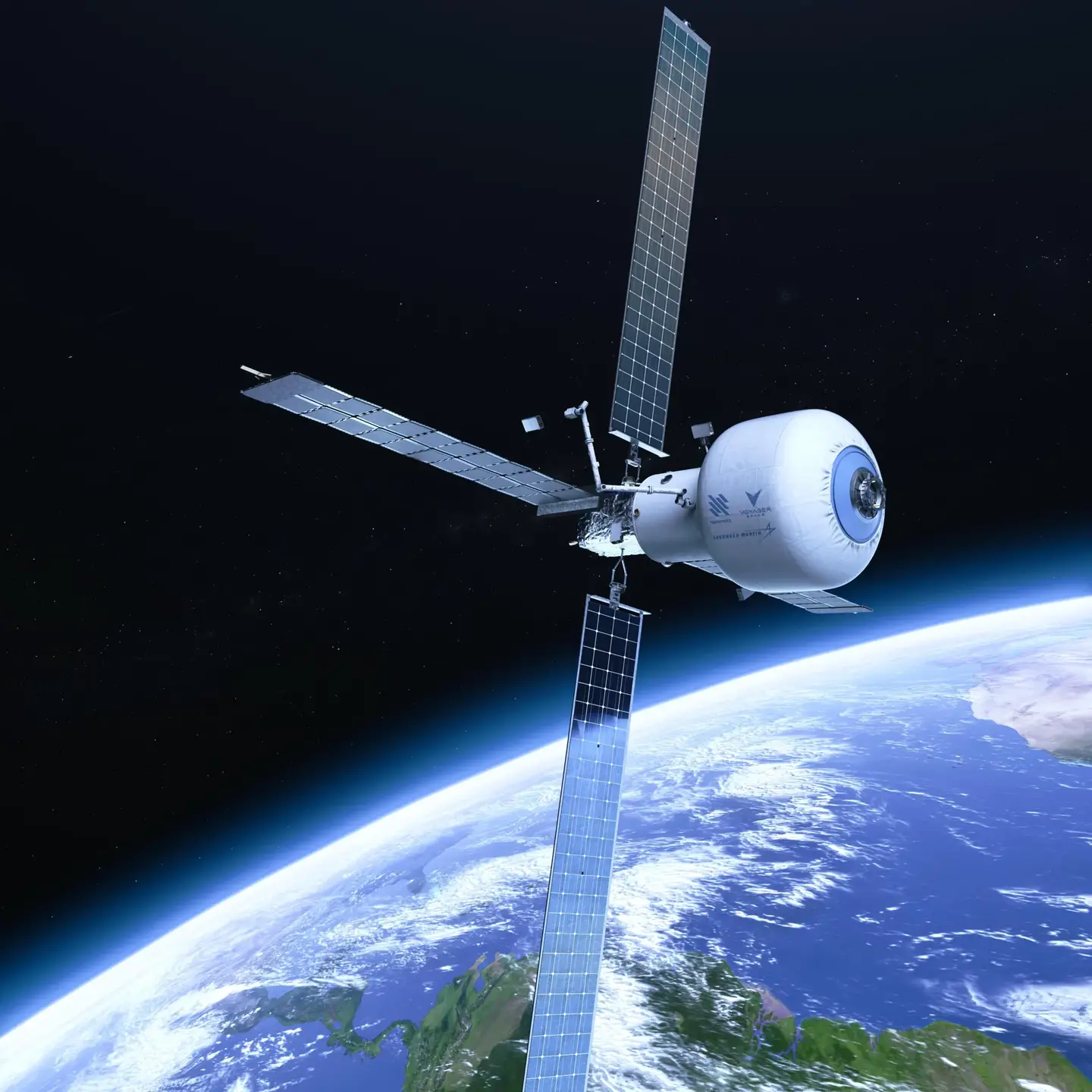New Age of Exploration: Robots Swarm into Land, Sea, and Space

Share
Has the age of human explorers come to an end? There are several projects underway that are sending robots where humans dare not tread. Scientists are ramping up to deploy hundreds of aquatic drones into the ocean depths, following the first successful transatlantic voyage of a robot last year. Swarms of miniaturized rovers the size of a penny will soon defuse mines, and thousands of terrain-ready robots will test rock composition on other planets. Machines will continue to explore where humans can't, and swarm robotics is leading the way.
In 2009, Rutgers University launched an aquatic glider that became the first robot to cross an ocean. Nearly eight feet long, the device—named the Scarlet Knight, after Rutgers' sports teams—spent months collecting data on the Atlantic. What makes the voyage remarkable is that the glider was at times directed from remote locations—once from as far away as Antarctica—using satellite, GPS and other technologies. Rutgers researchers breathed a sigh of relief with Scarlet's success. Their first glider, launched the previous year, was presumably smashed by a shark before reaching the other side. Be sure to check out the video after the break.
Oceans cover nearly three quarters of the Earth’s surface, making fleets of data-collecting seabots invaluable to retrieving information about marine ecology, climate change, and the formation of hurricanes. Currently such data is gathered using satellites, buoys, and costly manned research vessels. Rutgers University oceanographer Scott Glenn says their new concept is all about omnipresence—getting a complete picture of what’s happening in our oceans. And to get a more complete picture, why not deploy more robots?
The National Science Foundation (NSF) agrees. The NSF recently gave $1 million to the Scripps Institute to fill the ocean with a fleet of drones that could potentially measure ocean drift, give detailed accounts of marine habitats, and collect other useful information. The Autonomous Underwater Explorer (AUE) project—led by the institute’s Jules Jaffe and Peter Franks—will eventually employ hundreds of robots that operate with a swarm mentality. There are many potential benefits to using swarm robotics. For instance, an individual drone like Scarlett can only collect data from its immediate vicinity, but a swarm can describe its relative movement to convey a larger picture. A swarm is also more resilient; judging by the fate of Scarlet’s predecessor, strength in numbers is a selling point indeed.
Once mass production begins on these new underwater drones, costs will drop. And at a significantly lower price tag compared to current methods, we may soon see their numbers grow exponentially. Even while Earth's last great frontier increases in popularity, we haven't yet turned away from exploring other planets. There are also a number of terrestrial bots in the works that will make poking around on land more efficient, too. Scaling down mechanical systems has made way for the Miniature Autonomous Robotic Vehicle (MARV)—one of the world's smallest autonomous robots. Developed by Sandia National Laboratories, MARV was designed to complete difficult tasks like disabling mines and checking for chemical and biological weapons. An on-board computer can steer the vehicle and make other decisions, and at one cubic inch in size, that's no small feat. With increased mobility and more intelligence, it’s only a matter of time before swarms of miniaturized rovers like these are sent on planetary missions.
The NASA Institute for Advanced Concepts (NIAC) supported research around a new approach to Solar System exploration that would deploy a large number of small spherical mobile robots (“microbots”) to moderate planets (including our own) and high temperature bodies, like Venus. Hundreds or thousands of robots would operate over rugged terrain while taking samples and measuring rock composition, allowing large-scale analysis to send home more details of what’s happening where no man has gone before.
Be Part of the Future
Sign up to receive top stories about groundbreaking technologies and visionary thinkers from SingularityHub.


Sending robots to do the dirty work of humans is central to the dogma of robotics research. But these advancements shouldn't be seen as an end to the era of human exploration, but rather as the beginning of a fruitful collaboration between man and his creation. Just as humans are learning to cooperate more efficiently in numbers, we are teaching our robots to do the same. What remains to be seen is what exactly we may learn in return.
[image credit: Shutterstock.com]
Source: the washington post, isrc
I'm a writer, editor, and strategist with 10+ years of experience creating conversations for socially conscious brands. With roots in science, my work draws on diversity, data, and co-design. I'm happiest when helping people collaborate better, or when translating complex ideas for diverse audiences. I've written for Singularity Hub and the U.S. State Department; my work has appeared in Digital Impact and Vogue; and I've worked with the United Nations, TechSoup and others to promote sustainable development and tech4good worldwide.
Related Articles

The Era of Private Space Stations Launches in 2026

Data Centers in Space: Will 2027 Really Be the Year AI Goes to Orbit?

These Robots Are the Size of Single Cells and Cost Just a Penny Apiece
What we’re reading